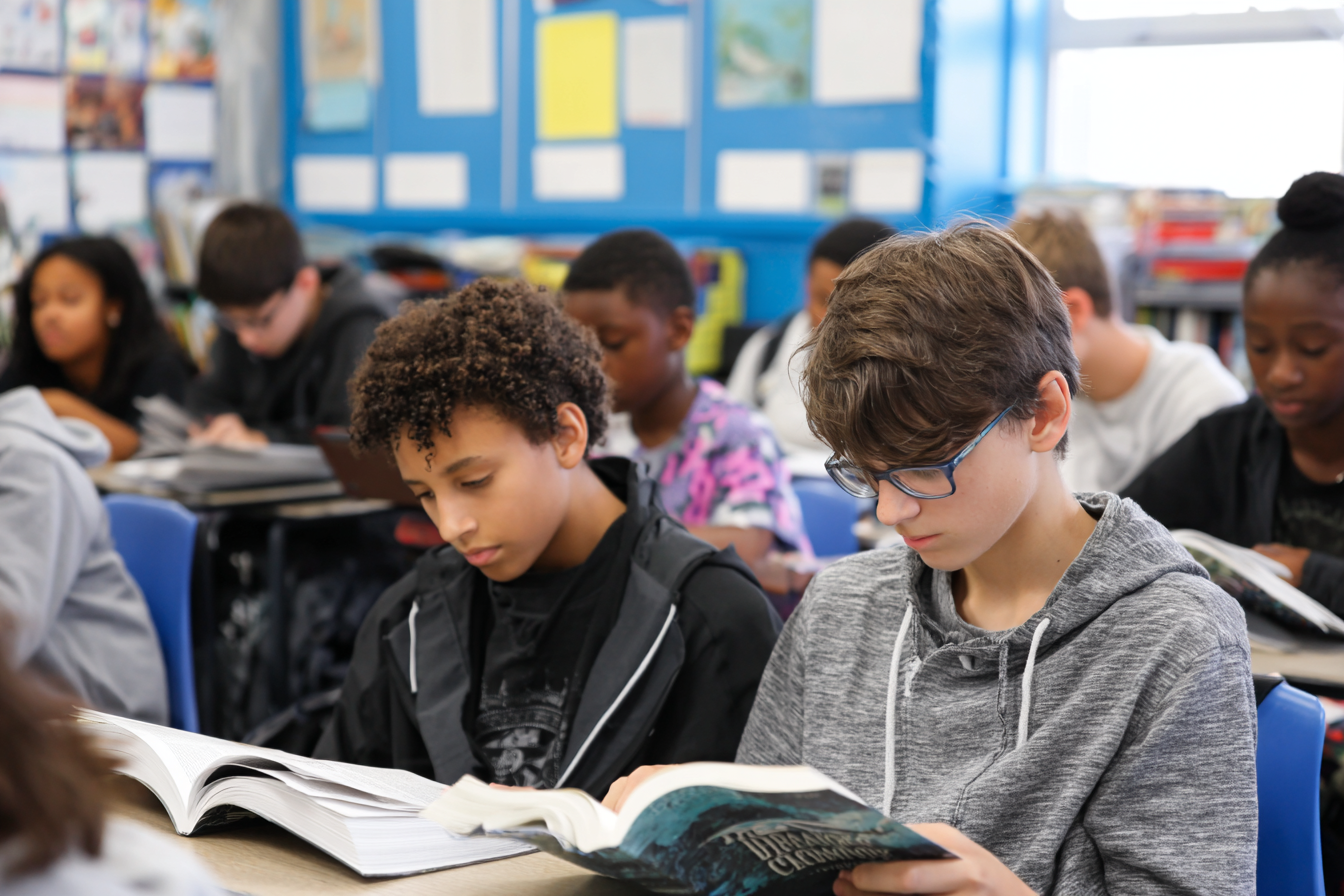Unit Plan 24 (Grade 7 ELA): Narrative Pacing, Transitions, and Reflection
Grade 7 ELA unit: students plan, draft, and revise narratives using clear sequencing, purposeful transitions, and controlled pacing for tension. They craft reflective endings that show growth or insight, mastering structure, flow, and meaning in storytelling.

Focus: Event sequencing; pacing for tension; reflective endings
Grade Level: 7
Subject Area: English Language Arts (Writing—Narrative; Process & Routine Writing)
Total Unit Duration: 5 sessions (one week), 50–60 minutes per session
I. Introduction
Great narratives don’t just tell what happened—they control time. This week, students plan and write a scene (or connected scenes) that uses clear sequencing, purposeful transitions, and pacing for tension, then closes with a reflective ending that shows growth or insight. We’ll plan with beats, draft strategically, revise for speed/slow-down moments, and polish reflective closures.
II. Objectives and Standards
Learning Objectives — Students will be able to…
- Engage readers by establishing context, situation, and point of view and organizing a coherent event sequence (W.7.3a).
- Develop events with dialogue, pacing, description, and sensory detail (W.7.3b, W.7.3d).
- Use transitions (words, phrases, clauses, and structural moves) to signal time/setting/point-of-view shifts (W.7.3c).
- Craft a reflective conclusion that follows from the events and shows significance (W.7.3e).
- Strengthen writing by planning, revising, and editing for pacing and clarity (W.7.5).
- Write routinely over multiple days for process and short on-demand tasks (W.7.10).
Standards Alignment — CCSS Grade 7
- Writing 7.3a–e (W.7.3a–e): Narrative introduction; techniques & pacing; transitions; precise language/sensory detail; reflective conclusion.
- Writing 7.5 (W.7.5): Develop and strengthen writing by planning, revising, editing, rewriting.
- Writing 7.10 (W.7.10): Write routinely over extended time frames and shorter time frames.
Success Criteria — student language
- I can map my event sequence so readers never get lost.
- I can speed up and slow down moments on purpose (summary vs. scene).
- I can use strong transitions to signal time and shifts.
- I can end with a reflective closure that shows what changed or what it means.
